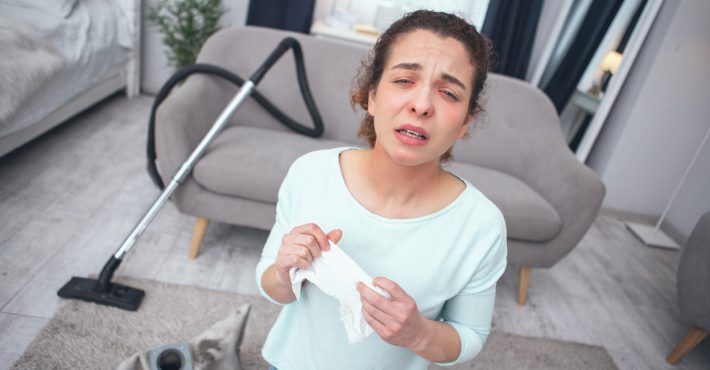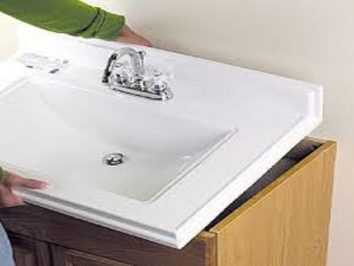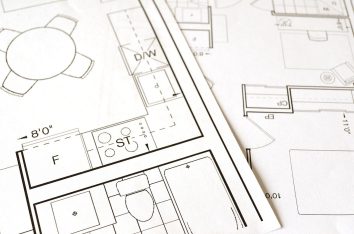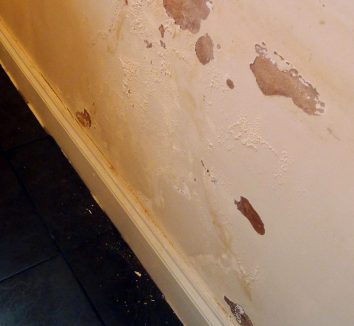Whenever we hear the word ‘pollution’, the picture of industrial areas exhaling venomous oxides in the air and intoxicating water bodies with debris and heavy metals kicks into our minds. But what if we tell you that the indoor air of our cozy bedrooms may carry a similar threat to you, if not more? Whatever the situation is, there is always a way out.
And while you carry out the responsibility of cleansing, it is important to rest well and have fun. Simple try singing, taking a break or even playing games at mr bet – these can surely be some interesting options worth trying!
According to the estimation (in 2020) of the World Health Organization, more than 3.2 million people die yearly as a direct effect of indoor home pollution. The nerve-wracking figures further threaten us when we discover that it can directly cause heart diseases, lung diseases and even cancer. So, when did this evil slip into our room?
What Leads to Indoor Air Pollution?
The daily exercises that produce gaseous waste in the air, like smoking, cooking using unrefined solid fuels and the small particles coming from outside are the main reasons behind household air pollution. As reported by Forbes Media LLC, even in schools, indoor air pollution in the classroom can be critical to children.
- Tobacco smoke is one of the most common pollutants with fatal consequences. The smoke consists of more than 7,000 chemical compounds, of which 70 are carcinogenic.
- More than 2.4 billion people still rely on solid fuels like wood, kerosene, coal, and crop waste for cooking. The particulate matter (PM), mainly dust, soot, smog, unburnt oxides and sulfides, are introduced through cooking fuels. A staggering 4.2 million deaths are reported annually as a direct effect, primarily women and children.
- The harmful fumes and Volatile Organic Compounds (VOCs) released by the cleaning products can cause nausea, headache, and kidney and liver damage in the long term.
- The construction contaminants scatter through the air, comprising PM10 particles, asbestos, VOCs and gasses such as carbon dioxide, and nitrogen oxides. Besides, carpentering, carpet and upholstery installations also induce indoor air deterioration.
- Regular outdoor contaminants, like emissions from fuel engine combustion, excess pesticides and industrial emissions, when trapped indoors, cause the severity of our health.
Dire Effects of Indoor Air Pollution
The effects of Indoor Air Pollution broadly vary due to many reasons. But in the long term, the results are glaring.
Primary Effects
Headache, irritation in the nose, throat, and eyes, fatigue and dizziness are the immediate impacts of indoor pollution. Some may show symptoms of asthma. They are effectively curable under proper medication; if not, the situation worsens.
Long-Term Effects
When exposed to a contaminated indoor environment for an extended period, pollutants can cause COPD, cardiovascular complications and even lung cancer.
Ways to Defy Indoor Air Pollution

- The use of clean fuels like LPG instead of coal and wood will drastically reduce internal contaminants.
- The HEPA filter in the vacuum cleaner or air purifier filters almost 99.97% of airborne particles.
- Replace artificial cleansers with baking soda, borax and white vinegar.
- Indoor plants also help to cut down the level of hazardous carbon dioxide releasing oxygen and humidity in the room.
- Keep the room ventilation unbarred if the outdoor environment is clean enough. Let the air pass through doors and windows.
The new age problems will need new
solutions. With the help of technology and a responsible attitude towards
nature surely, we can claim the world back, all green and healthy.
Loading recommendations...





I saw an ad for this site and decided to give it a shot. The first thing that caught my attention was the crazy time live score. It’s fun to keep track of the scores and try to beat my own records. The games are entertaining, and the site is easy to use, which makes it perfect for winding down after work. The bonuses and promotions are just the cherry on top. It’s a fantastic way to mix relaxation with a bit of excitement. Plus, the community of players is friendly and engaging, making it even more enjoyable.
If you want to reduce the VOC content in the air, consider using carbon filters. Air conditioners and air purifiers with activated carbon filters can remove VOCs from the air and eliminate unpleasant odors caused by pets, cooking, and mildew.
To improve air quality in your home, also remember about regular HVAC filter replacement. The air in your home gets recycled throughout your duct system. If your air filter is dirty and clogged, you risk damaging your HVAC system and deteriorating your indoor air.
Thanks for mentioning the importance of air filter replacement. But there’s one more thing to remember – air duct cleaning. Homeowners should clean air ducts regularly for a better HVAC efficiency and also indoor air quality.
Air ducts need cleaning at least every 2 to 3 years. However, those who own pets or have children with allergies may need to have their air ducts cleaned more frequently.